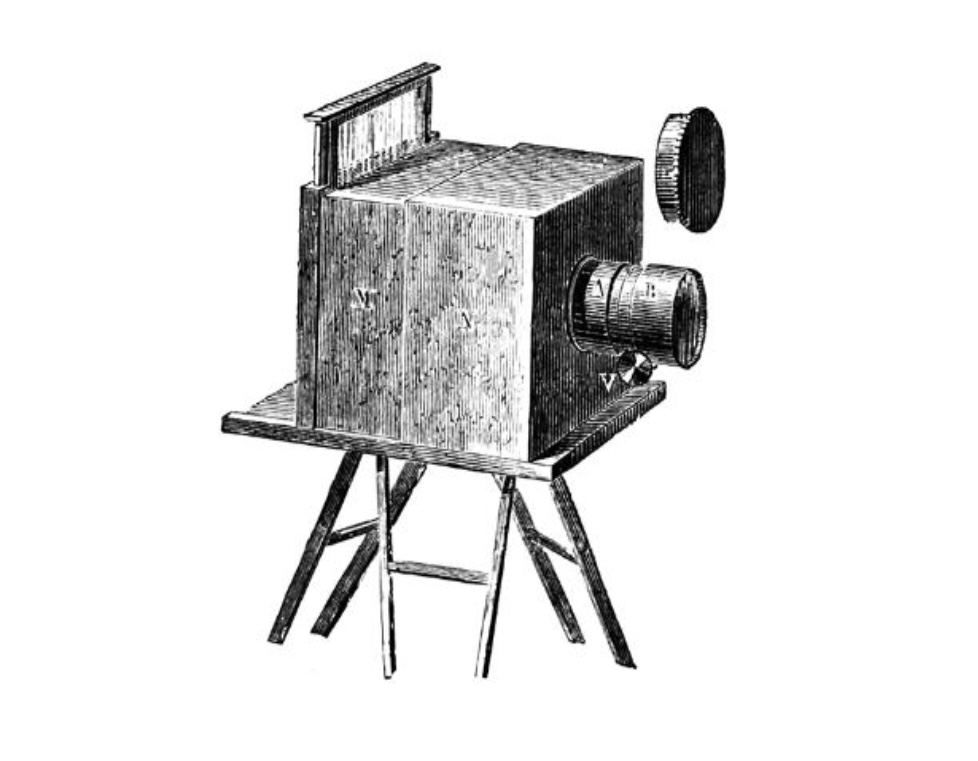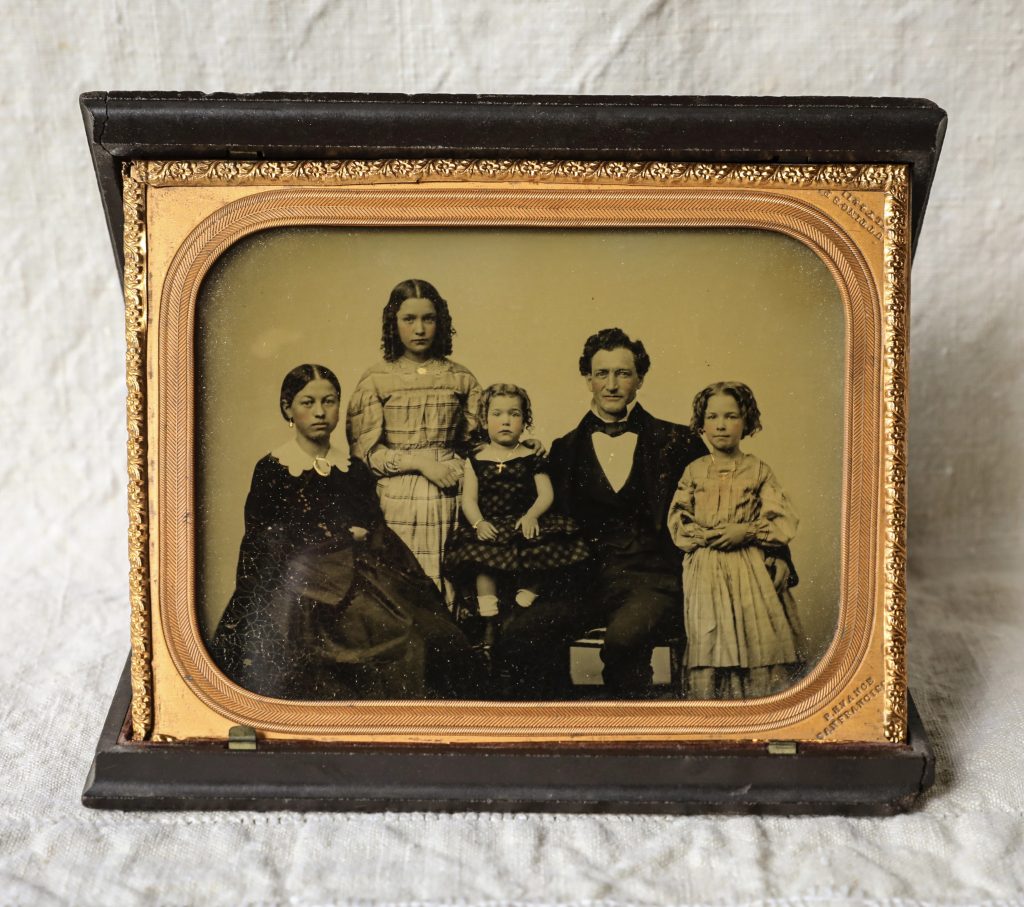
In 1839 the daguerreotype, the earliest practical method of making permanent images with a camera was born.
The daguerreotype camera was one of the first types of cameras to be developed and used for photography. Invented in the early 19th century by French artist and scientist Louis Daguerre, the daguerreotype camera was a major technological advancement that revolutionized the way we capture and preserve images.
The daguerreotype process involves creating a direct positive image on a silver-coated copper plate. The plate is exposed to light through a lens, and the resulting image is developed using a chemical process. One of the key features of the daguerreotype camera was its ability to produce highly detailed and sharp images, with a level of clarity that was previously unimaginable.
One of the drawbacks of the daguerreotype camera was its slow exposure time, which made it difficult to capture moving objects or scenes. In addition, the daguerreotype process was expensive and time-consuming, requiring specialized equipment and chemicals. As a result, daguerreotypes were primarily used by professional photographers and were not widely available to the general public.

Despite these limitations, the daguerreotype camera played a significant role in the development of photography as an art form and a means of communication. It paved the way for the development of more advanced cameras and techniques, such as the wet plate collodion process and eventually, film-based photography.
Today, daguerreotypes are considered to be historical artefacts and are highly prized by collectors and museums. They offer a unique window into the past and provide us with a glimpse of what life was like in the early days of photography. So, the daguerreotype cameras will always be remembered as an important milestone in the history of photography.